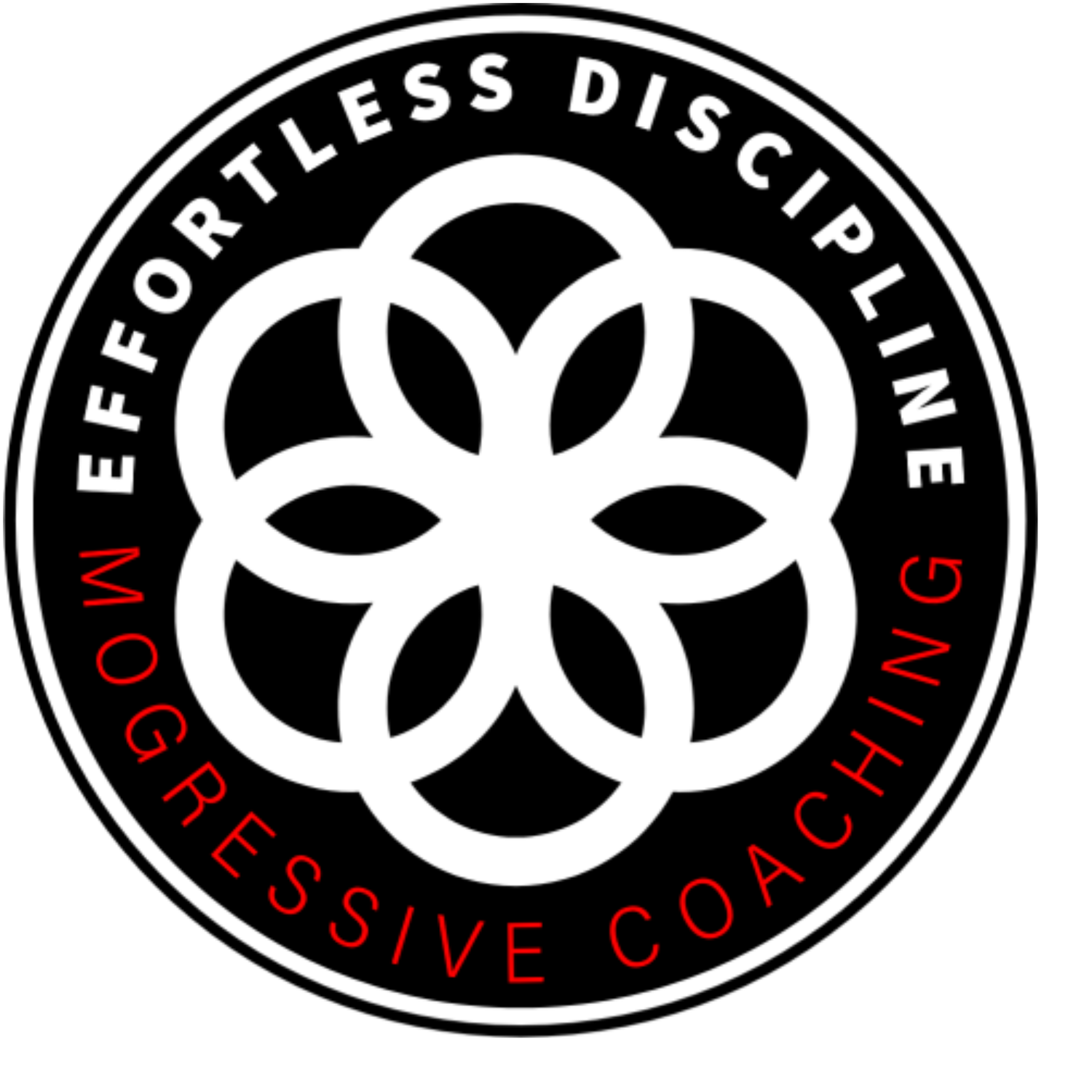How to Solve Life Problems: Simple, Complex, or Chaotic Solutions?
No matter what kind of problem you're facing, there's always a solution if you know where to look and how to approach it.
Are you tired of struggling with life problems?
In this blog, we explore three different approaches to problem-solving: simple, complex, and chaotic solutions. Join us as we delve into the pros and cons of each approach and share practical tips for applying them in your own life. Whether you prefer a straightforward solution, enjoy delving into complex strategies, or are willing to take risks with chaotic solutions, this blog has something for you. Don't miss out on this insightful and thought-provoking discussion on problem-solving!
Overcoming Challenges
Solving life problems can be a tricky and complicated process. It often requires a combination of different strategies and approaches to find the best solution.
In general, there are three types of solutions to life problems: simple, complex, and chaotic. Understanding the differences between these approaches can help you more effectively tackle life challenges.
**I have a few awareness Questions you can ask yourself in those challenging moments at the end of this blog.
The Breakdown
Simple solutions are the easiest and most straightforward approaches to solving life problems. They involve identifying the root cause of the problem and taking simple steps to address it. For example, if you're feeling stressed, a simple solution might be to take a break, go for a walk outside, or listen to calming music. Simple solutions are effective for minor problems that don't require significant effort or resources to solve.
Complex solutions are more involved and require a deeper understanding of the problem. They often require multiple steps and actions to address the issue. For example, if you're struggling with a difficult relationship, a complex solution might involve counseling, communication exercises, and personal reflection. Complex solutions are effective for more challenging problems that require a greater investment of time, effort, and resources.
Chaotic solutions are the most unpredictable and risky approaches to solving life problems. They involve taking bold and unconventional actions that may or may not lead to a positive outcome. For example, quitting your job to pursue a passion project or traveling to a new country to find inspiration. Chaotic solutions are effective for situations where traditional solutions have failed or when you need to shake things up to make progress.
Here’s my Advanced bonus strategy we instill within our clients during our advanced 12 week course, Form vs Function (Aristotle’s First Principles Thinking)
The best approach to solving life problems depends on the situation and the individual. Simple solutions are a good first step for minor issues or when you're feeling overwhelmed. Complex solutions are effective for more challenging problems and require a longer-term commitment to address. Chaotic solutions are risky but can be effective when traditional approaches have failed or when you're feeling stuck.
Ultimately, the key to solving life problems is to stay open-minded and flexible. Be willing to try new approaches and take risks when necessary. Remember that there is no one-size-fits
Awareness Questions to ask yourself
1. When faced with a life problem, do I tend to default to simple, complex, or chaotic solutions? Why?
2. Have I ever tried a chaotic solution to a problem? Did it work out in my favor, or did it make things worse?
3. Do I have a tendency to overcomplicate problems, or do I try to simplify things when possible?
4. Am I willing to take risks when it comes to solving life problems, or do I prefer to stick with tried-and-true methods?
5. When faced with a challenging problem, do I stay committed to finding a solution over the long term, or do I give up easily?
Now that we’ve figured out the approach, the next step is understanding how to filter these challenges.
Are they:
Ethical
Moral
Personal
Cultural
Read the next Blog for the full breakdown! Good luck & don’t forget to sign up for our Monthly Newsletters and get access to my blogs weeks in advanced! OWNIT!


